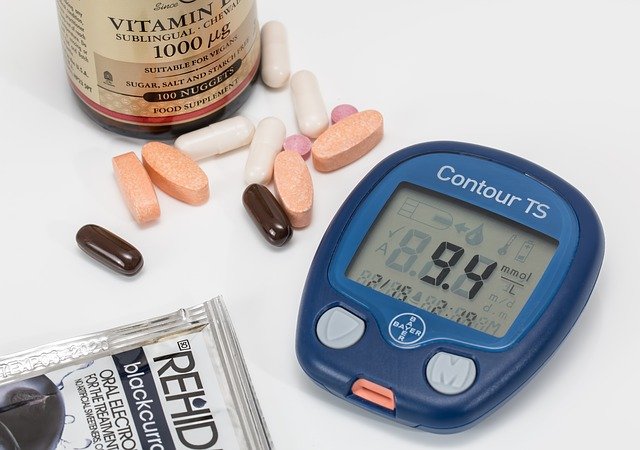
In a new study from the Stanford University School of Medicine, a device keeping extra-close tabs on the ups and downs of blood glucose levels shows that most people see only a partial picture of the sugar circulating in their blood.
Researchers find that the level of sugar in an individual’s blood—especially in individuals who are considered healthy—fluctuates more than traditional means of monitoring.
Most people who periodically check their blood sugar levels do so with a quick lance to the finger and a device that reads out the blood glucose concentration.
The problem with this method is that it captures only a snapshot in time.
The amount of sugar in a person’s blood is not a constant; it ebbs and flows depending on what the person has eaten that day, down to the specific kind of carbohydrate.
(For instance, rice, breads and potatoes are all different kinds of carbohydrates and people often digest them differently.)
The covert spikes are a problem because high blood sugar levels, especially when prolonged, can contribute to cardiovascular disease risk and a person’s tendencies to develop insulin resistance, which is a common precursor to diabetes.
To get a better read on glucose levels, the team fitted 57 people with a device that continuously took blood glucose readings over about two weeks.
Most of the participants were healthy or showing signs of prediabetes, and five had Type 2 diabetes.
Data sent back to the lab showed that there were multiple types of spikers, which were classified into three overarching “glucotypes.”
The glucotype categories—low, moderate and severe—are basically rankings of spike intensity.
The team also conducted a sub-study in which 30 participants using the continuous glucose monitor alternated between three breakfasts: a bowl of cornflakes with milk, a peanut butter sandwich and a protein bar.
The trio of tests yielded some fairly startling results:
After eating one or more of the meals, more than half of the group—whose prior blood sugar tests showed that they were “healthy”—spiked at the same levels as those of people who were prediabetic or diabetic.
What’s more, nearly everyone spiked after eating the cereal.
Still, the variables that elicit spikes in an individual—genetics; the population of microbes that live in our bodies; and epigenetics, or changes to gene expression—are critical to understanding glucose dysregulation and the foods that cause glucose spikes.
Those parameters are not set in stone, which is why the team encourages everyone—including those who think of themselves as healthy—to check their blood sugar with continuous glucose monitoring about once a year.
The work is an example of Stanford Medicine’s focus on precision health, the goal of which is to anticipate and prevent disease in the healthy and precisely diagnose and treat disease in the ill.
Michael Snyder, Ph.D., professor and chair of genetics at Stanford, is the senior author of the study.
Graduate student Heather Hall, research dietician Dalia Perlman and postdoctoral scholar Alessandra Brechi, Ph.D., share lead authorship.
The study is published in PLOS Biology.
Copyright © 2018 Knowridge Science Report. All rights reserved.
Follow Knowridge Science Report on Facebook and Twitter.
Figure legend: This Knowridge.com image is for illustrative purposes only.
Journal reference: Hall H, et al. (2018) Glucotypes reveal new patterns of glucose dysregulation. PLoS Biol 16(7): e2005143. doi.org/10.1371/journal.pbio.2005143.



